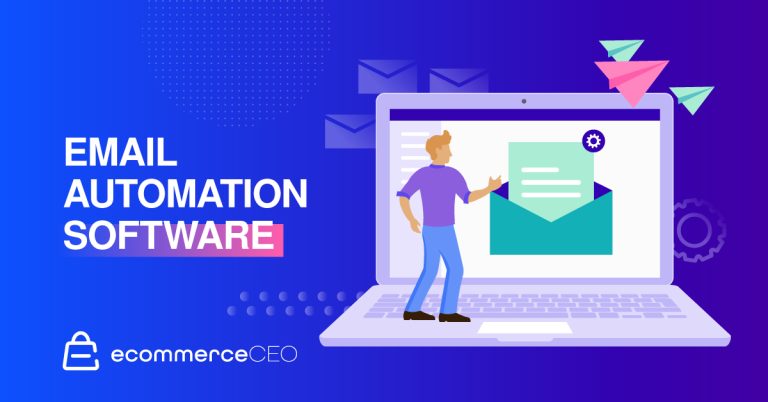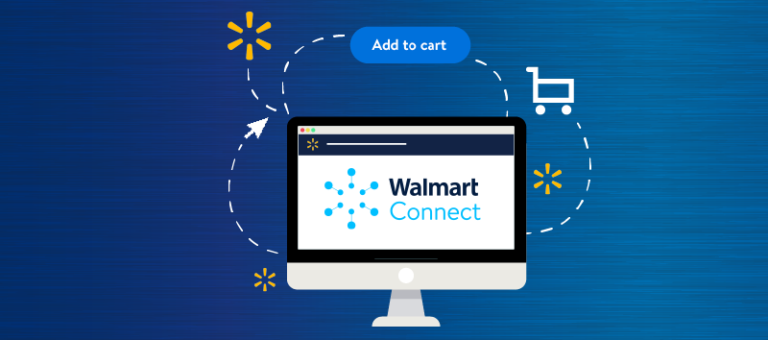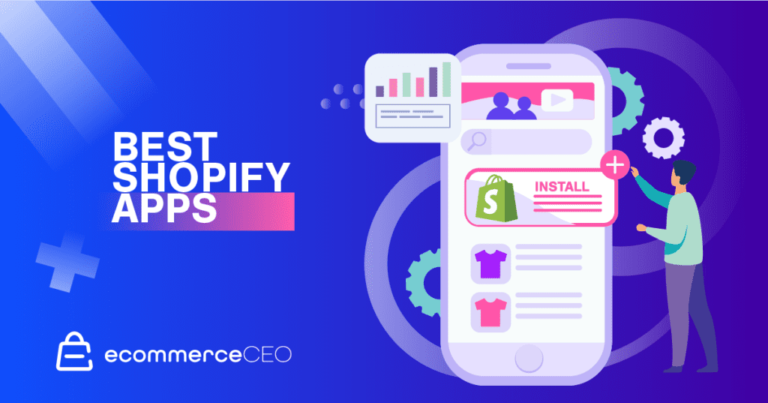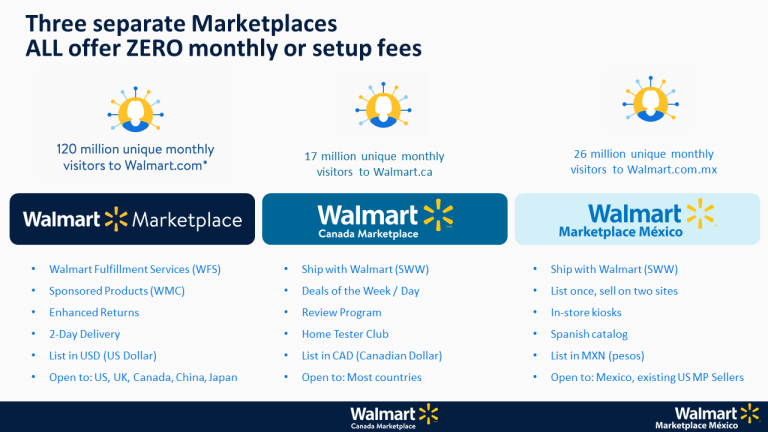
- Posted on
- • January 22, 2021
- Ecommerce Resources
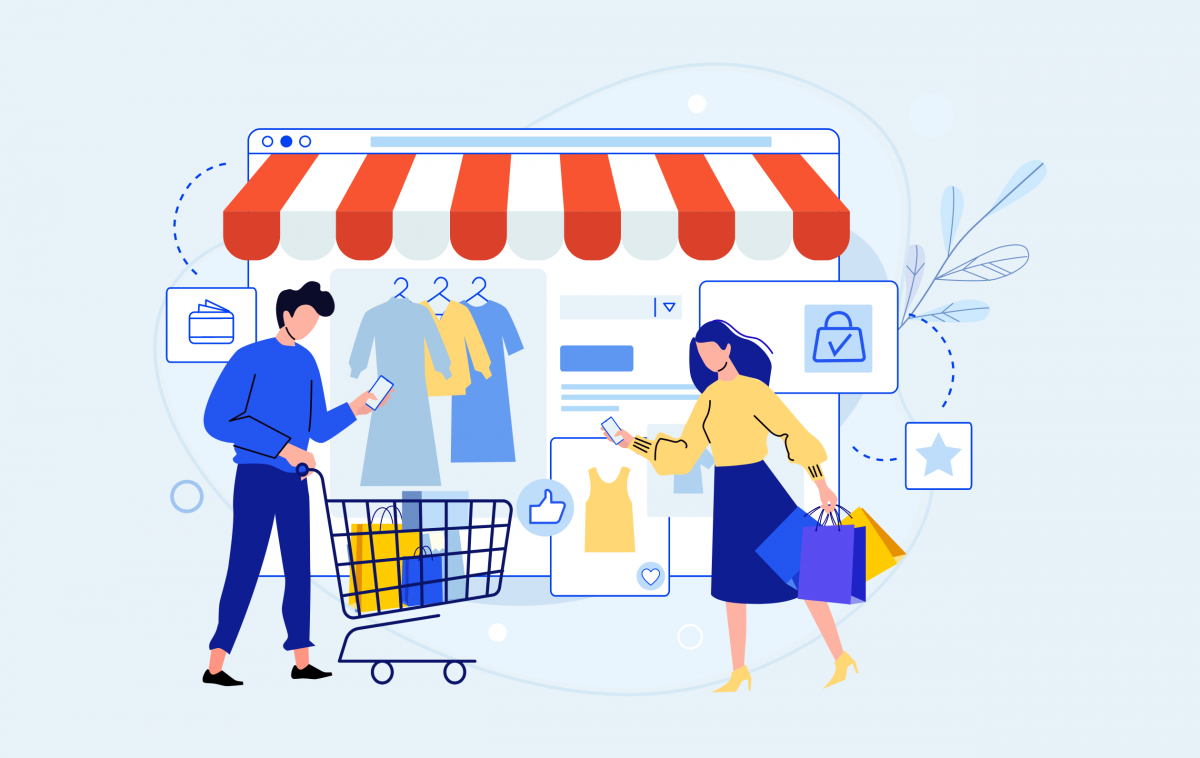
It’s time for businesses to think about ecommerce trends for 2021.
2020 brought major changes to the digital economy: ecommerce adoption accelerated, people changed the way they shop, and sellers had to pivot their businesses. Even as the dust slowly settles in 2021, digital transformation will continue to be top of mind for many sellers. With global ecommerce sales projected to hit $5 trillion by 2021, businesses need to adapt to keep their momentum and maintain their competitive edge.
One way to set up your business for success is to invest in growing areas of ecommerce. As a follow up to our ecommerce trends countdown of last year, we discuss the top 15 ecommerce trends to watch for in 2021—trends that online merchants can leverage to transform their business, earn long-term customer loyalty, and deliver a truly modern website experience.
1. Chatbots
As machine learning technology becomes more sophisticated, brands will begin to leverage AI and automation to enhance the customer experience. Chatbots are an example of this in action—software that can communicate with shoppers via a live chat interface. Chatbots provide instantaneous 24/7 customer service and can act as a resource to lead shoppers to the right pages and keep them coming back to your business.
2. Voice and Visual Commerce
Online shopping continues to evolve in interesting ways. With voice ecommerce sales predicted to reach $40 billion by 2022, we will see businesses using this technology to make it easier for customers to search for and buy products. Purchasing will also extend to the visual realm, with visual tools like image recognition, virtual reality, and interactive media replacing static images and creating a more engaging buying experience.
3. Multiple Payment Methods
Pay later options are becoming increasingly popular, allowing customers to pay for their product over interest-free installments. We will also witness more integrations with digital wallets like Apple Pay. Businesses that diversify their payment methods are more likely to build trust, remove friction from the checkout process, and encourage shoppers to spend higher—especially in an increasingly crowded competitive landscape.
4. Headless Ecommerce
Headless ecommerce has been getting a lot of buzz in the ecommerce space. It refers to an ecommerce system that decouples the front end and the back end of a website, opening up the customer-facing side to complete customization. While this development trend can be appealing to certain businesses, it is likely to be a costly and high maintenance initiative for the majority of enterprises and merchants. Customization, for most organizations, is better handled with a flexible ecommerce platform.
5. Video Marketing
As with other forms of content marketing, videos are an effective vehicle for marketing your products and attracting new customers. Consider creating and placing videos both on your social media and on key sections of your website like your homepage, about page, or product pages. Unboxing videos, tutorials, explainers, and user-generated content are examples of videos that can resonate with customers and help them make buying decisions.
6. Augmented Reality
In 2021, augmented reality (AR) could be a major game-changer for your business. With AR, customers will be able to better visualize and explore your products online. This helps to recreate that offline retail experience that many shoppers still prefer while also giving them an engaging and interactive online experience that helps you stand out from the competition.
7. Subscriptions and Loyalty Programs
It goes without saying that ecommerce will only grow more competitive. For many businesses, customer retention will be top of mind. We can expect subscription-based products and loyalty programs to continue to grow, providing convenience, exclusivity, and savings to shoppers. This forges a relationship with customers and encourages them to become your brand advocates.

8. Click and Collect
In 2020, many businesses adapted to the retail limitations caused by the spread of COVID-19 by shifting to a click and collect business model with curbside pickup, BOPIS (buy online, pickup in store), and contactless delivery. In 2021, click and collect will continue to be a great investment for combining the possibilities of online selling with the immediacy and appeal of retrieving goods from a physical location.
9. Buyer Journey Optimization
Ecommerce has become the primary customer purchase path for many businesses. As a result, it’s critical for sellers to look at every customer touchpoint and make improvements for each to remain competitive. To optimize your buyer paths, focus on improving your product search, creating a streamlined mobile experience, providing rich product merchandising, and nailing your fulfillment and return processes.
10. Conversion Rate Optimization
To thrive as a modern ecommerce business, you need to be able to capture the attention of customers from the get-go and remove any points of friction from the conversion path. Conversion rate optimization will become a key component of an ecommerce strategy to achieve both immediate and long-term results.
11. Social Commerce
As the world remains socially distant, social media will continue to play prominently in ecommerce in 2021. With the popularity of TikTok and Instagram reels, we will see merchants leveraging their social channels as product discovery engines and secondary selling platforms. Consider sharing user-generated content to engage followers, partnering with influencers to expand your reach, and leveraging ecommerce features and paid advertising on social media platforms to increase your sales.
12. Sustainable Business Practices
Sustainability is no longer reserved for only eco-friendly brands. As ecommerce continues to fuel consumption, customers will increasingly seek out and buy from environmentally-friendly brands. We’ll see more businesses take initiatives to incorporate sustainability into their practices, from rethinking their supply chain and making material changes to their products or packaging to making donations to charitable organizations and lowering the carbon footprint of their online store.
To connect with the modern customer, you’ll want to attach your brand to a sustainable cause to align with the values of your target customers. Today’s buyers, especially Millennials, are more likely to buy from brands that share their values.
13. Selling Alongside Marketplaces
Consumers are increasingly flocking to marketplaces, from big-box retailers like Amazon and Walmart to more niche, curated websites like Gear Patrol. This shows a shift in buying preferences toward more convenience and speed that can be offered by these giant marketplaces. Rather than focusing solely on one channel, we will see selling alongside Amazon—they will tap into the wide reach and efficient services of Amazon, while maintaining the control and brand experience of your own website.

14. Digitalization of B2B
The days of paper catalogs and complicated phone orders are being replaced by fully digitalized self-service portals for B2B customers. To remain competitive, wholesale businesses and brand manufacturers will invest in creating online catalogs, offering B2C-like shopping experiences, and providing fast and efficient fulfillment. Prioritizing B2B commerce will pay dividends for your business: higher sales volume, increased average order values, and greater customer satisfaction.
15. Personalization
The numbers don’t lie: studies show that 80 percent of consumers want more personalization from retailers. By providing a deeper level of personalization, businesses will be able to cater to shoppers based on where they are in the customer journey, giving each visitor individual attention that encourages them down the funnel.
Creating a personalized shopping experience is the key to satisfying customers. Shoppers often want help to find the right products and value a more personalized experience that caters to their needs. Ecommerce sites that get onboard with this trend are investing in technology to send personalized pop-ups, follow-up emails, and relevant marketing offers to deliver a better shopping experience and strengthen that bond with their customers.
Leveraging Ecommerce Trends to Transform Your Business
As savvy shoppers in this new age of commerce, consumers will expect an engaging shopping experience more than ever before. Investing in the right trends and developments will allow you to adapt to their fast-changing needs and preferences. To digitally transform your business, you’ll want determine which areas in ecommerce are growing and where you could invest in those areas to build better online experiences and set up your business for sustainable growth.
Looking to enhance your digital presence in 2021? Complete this 3-minute evaluation to discover new ways to drive sales, differentiate your business, and create an outstanding online experience.


